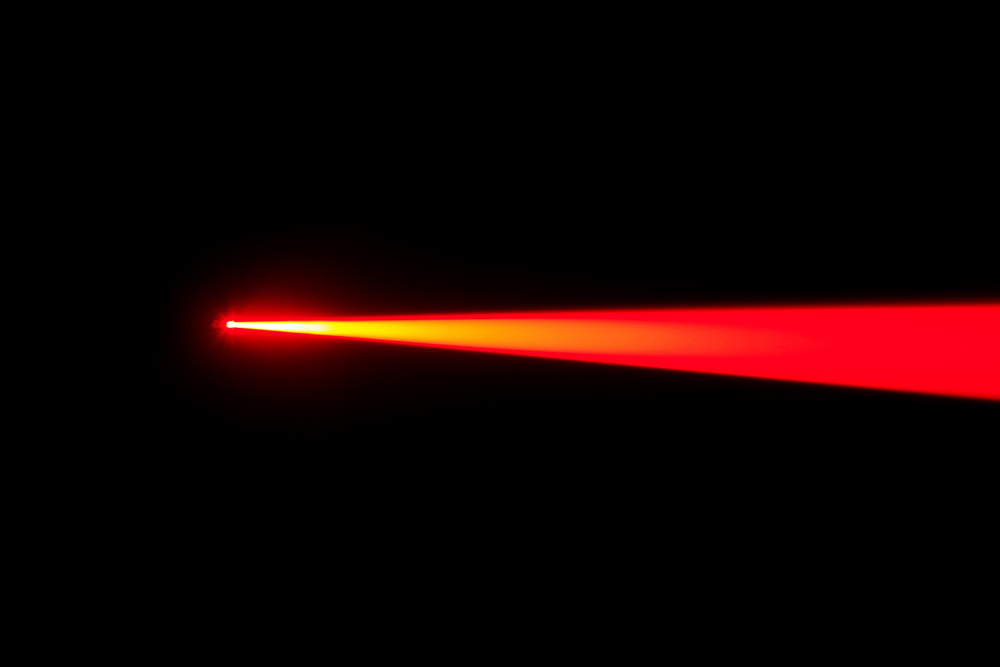
US officials advise that Moscow’s claim to have recently unveiled a powerful prototype for a new laser weapon that can attack satellites and drones—and is currently being used in Ukraine—is not one that should warrant immediate worry.
According to the US National Defense Industrial Agency Emerging Technologies Institute head Mark Lewis, the notion that Russia might have such a weapon is probably more fiction than fact. The former acting undersecretary of defense for research and engineering reminds that Russia is not exactly the most reliable source for information.
Rumors of this suspected new weapon began in the middle of last week when Western media outlets started to pick up on statements made to Russian state television by Yury Borisov. The Russian deputy prime minister in charge of military development laid the foundation for this claim by saying that Russia had already tested the purported drone-killing laser-type weapon and that they have already used it in the Ukraine conflict.
Consequently, Borisov explained that the system—which they call Zadira—is even more powerful than the laser system that President Vladimir Putin revealed in 2018. That project was called Peresvet. Borisov notes that while Peresvet aimed to blind enemies, this new generation of laser artillery aims for the complete and utter physical destruction of the target. In fact, he said, Zadira is capable of “thermal destruction,” meaning the target burns up.
While that may sound like something to be concerned about, experts advise that neither Peresvet nor Zadira appear to do anything immediately novel or technically impressive. Indeed, the fact that Peresvet, in particular, can “blind satellites” that orbit at altitudes below 1,500 km is not really a problem.
This is especially true with Low Earth Orbit satellites because most modern satellites with modern optic imaging are equipped with cameras that have a lens which functions similarly to a human eyelid: it closes when any potentially-blinding light source is detected.
